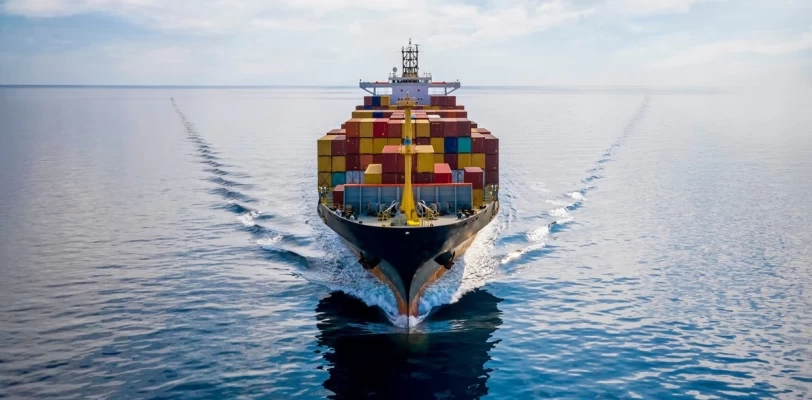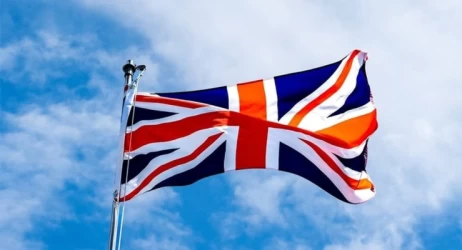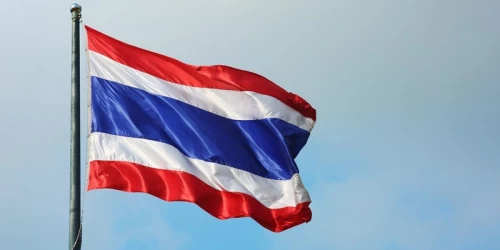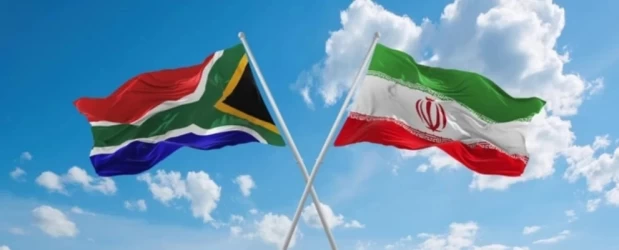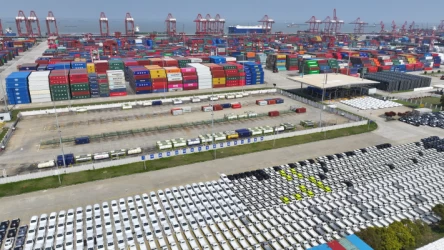Sea Transportation of Dangerous Goods from Emirates to Iran
Sea transportation of dangerous goods is a critical aspect of global trade, especially between regions like the Emirates and Iran. This process involves stringent regulations and meticulous planning to ensure the safety of the crew, the environment, and the cargo itself. The transportation of hazardous materials by sea is governed by international regulations, primarily the International Maritime Dangerous Goods (IMDG) Code, which sets out the standards for the safe transport of dangerous goods by sea.
Types of Dangerous Goods
Dangerous goods are classified into nine categories according to the IMDG Code:
- Explosives: Substances that can cause explosions, such as ammunition and fireworks.
- Gases: Includes flammable gases, non-flammable gases, and toxic gases.
- Flammable Liquids: Such as petroleum products and alcohol.
- Flammable Solids: Includes substances that are easily ignitable and those that emit flammable gases when in contact with water.
- Oxidizing Substances and Organic Peroxides: Materials that can cause or enhance the combustion of other materials.
- Toxic and Infectious Substances: Chemicals that can cause harm to human health and infectious agents.
- Radioactive Material: Substances that emit radiation.
- Corrosive Substances: Acids and alkalis that can destroy living tissue and corrode metals.
- Miscellaneous Dangerous Substances and Articles: Includes substances that do not fit into the other categories, such as lithium batteries and dry ice.
Regulatory Framework
The transportation of dangerous goods by sea from the Emirates to Iran is subject to several regulatory frameworks:
- IMDG Code: This is the primary international guideline for the safe transport of dangerous goods by sea. It provides detailed instructions on classification, packaging, marking, labeling, and documentation.
- National Regulations: Both the Emirates and Iran have their own national regulations that must be adhered to. These regulations may include additional requirements specific to each country.
- Shipping Line Policies: Shipping companies, such as Emirates Shipping Line, have their own policies and procedures for handling dangerous goods. These policies ensure compliance with international and national regulations and provide additional safety measures.
Packaging and Labeling
Proper packaging and labeling are crucial for the safe transportation of dangerous goods. Packaging must be strong enough to withstand the rigors of sea transport and prevent any leakage or spillage. The IMDG Code specifies the requirements for packaging, including the use of UN-approved packaging that has been tested to meet international standards.
Labeling is equally important. Each package must be clearly labeled with the appropriate hazard symbols and handling instructions. This ensures that everyone involved in the transportation process is aware of the potential hazards and can take the necessary precautions.
Documentation
Accurate documentation is essential for the transportation of dangerous goods. The shipper must provide a Dangerous Goods Declaration, which includes detailed information about the nature of the goods, their classification, and the precautions that need to be taken. This documentation must be submitted to the shipping company and the relevant authorities before the goods can be loaded onto the vessel.
Handling and Storage
The handling and storage of dangerous goods require specialized training and equipment. Personnel involved in the transportation process must be trained in the safe handling of hazardous materials and be aware of the specific risks associated with each type of dangerous good.
Storage on board the vessel must be carefully planned to prevent any accidents. Dangerous goods must be stored in designated areas, away from other cargo and sources of ignition. The IMDG Code provides guidelines on the segregation of different types of dangerous goods to prevent any adverse reactions.
Safety Measures
Several safety measures are implemented to ensure the safe transportation of dangerous goods:
- Emergency Procedures: Shipping companies must have emergency procedures in place to deal with any incidents involving dangerous goods. This includes having the necessary equipment and trained personnel to respond to emergencies.
- Inspections and Audits: Regular inspections and audits are conducted to ensure compliance with regulations and identify any potential safety issues.
- Risk Assessments: Risk assessments are carried out to identify and mitigate any potential hazards associated with the transportation of dangerous goods.
Conclusion
The sea transportation of dangerous goods from the Emirates to Iran is a complex process that requires strict adherence to international and national regulations. By following the guidelines set out in the IMDG Code and implementing robust safety measures, shipping companies can ensure the safe and efficient transport of hazardous materials. This not only protects the crew and the environment but also ensures the smooth flow of trade between the two regions.
if you have a specific question or need more details, Iran's logistics experts are your answer!

